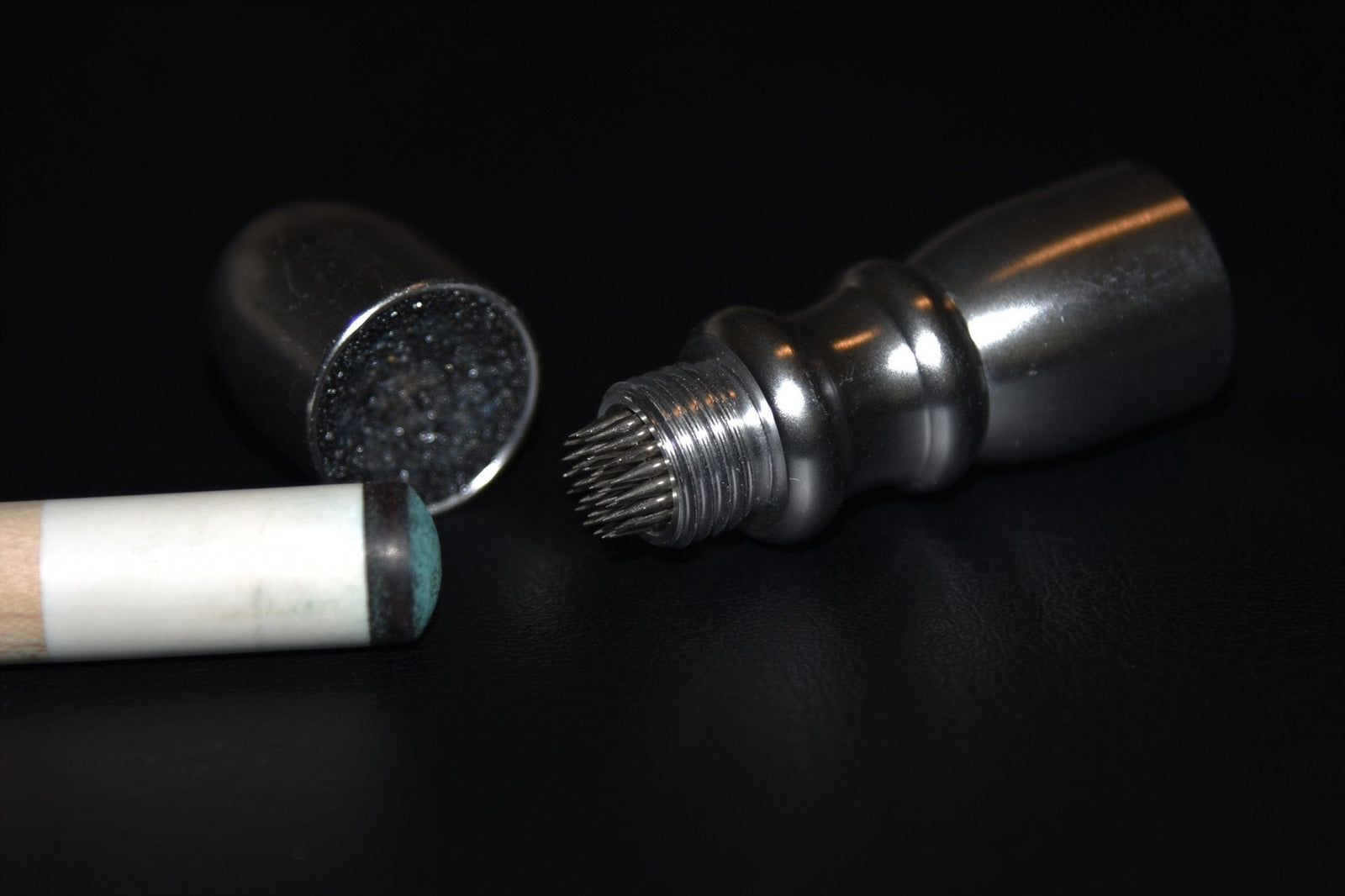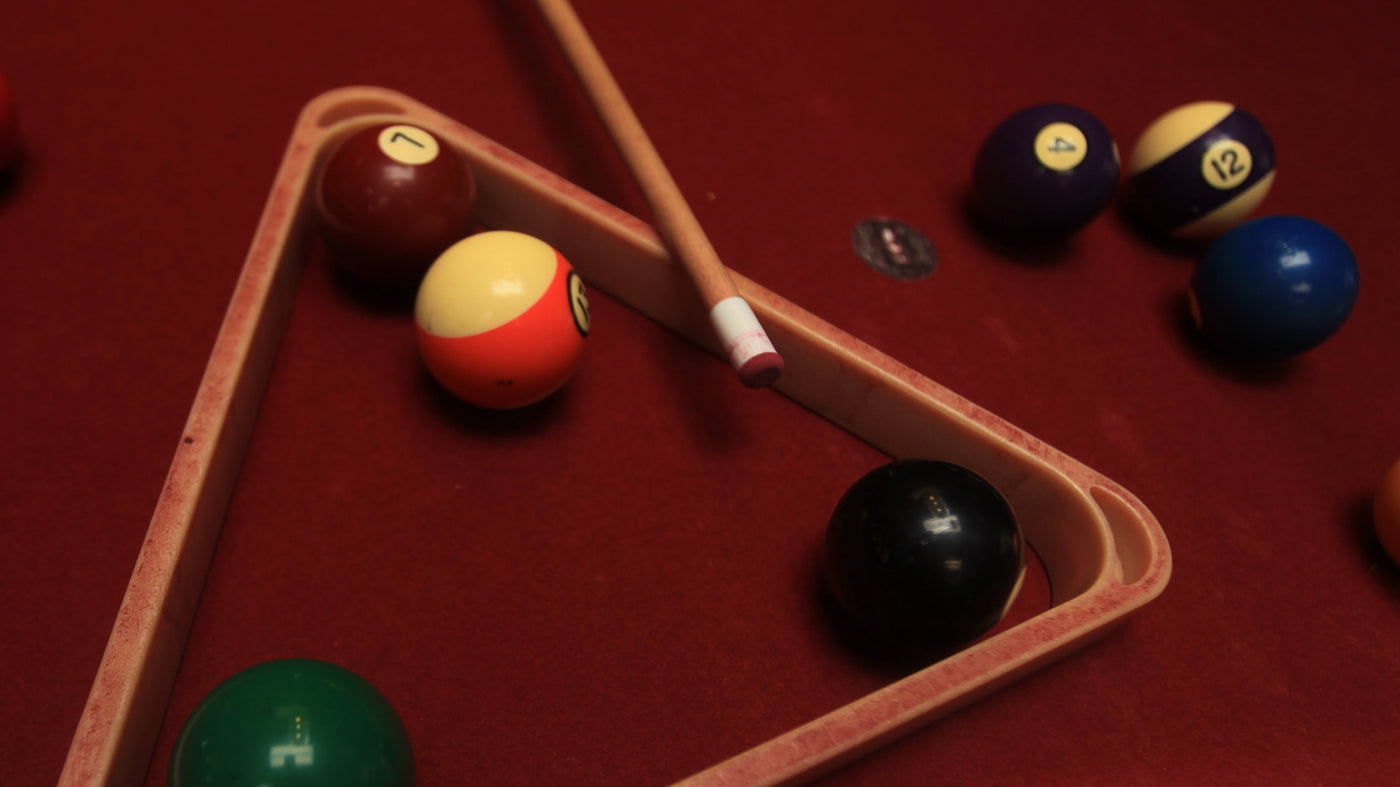As a passionate pool player, you know that the cue stick is your most valuable tool on the table. The cue tip, in particular, plays a crucial role in how you control the cue ball and execute precise shots. Many players underestimate the significance of cue tip maintenance, but it can make a world of difference in your game. In this article, we will delve into the science behind cue tip maintenance and provide you with helpful suggestions to keep your cue in top shape.
Outline
1. Understanding the Cue Tip
2. Why Cue Tip Maintenance Matters
3. Cue Tip Maintenance Techniques
4. The Science Behind Cue Tip Maintenance
5. Developing a Cue Tip Maintenance Routine
Conclusion
FAQs
1. Understanding the Cue Tip
Before we dive into maintenance, let's understand the cue tip's importance. The cue tip is the small, rounded part at the end of your cue stick. It is usually made of leather, although some players opt for other materials like phenolic, hard plastic, or even layered tips. The tip is essential because it is the point of contact between your cue and the cue ball. When you strike the cue ball, it is the cue tip that determines how much control and spin you can impart on the ball.
2. Why Cue Tip Maintenance Matters
Maintaining your cue tip is crucial for several reasons:
Enhanced Ball Control
A well-maintained cue tip provides a better grip on the cue ball, allowing you to control its movement more accurately. This improved control translates into better shot-making, position play, and overall performance.
Reduced Miscues
A rough or worn-out cue tip can lead to miscues, where the cue slips off the ball unexpectedly, ruining your shot. Proper maintenance minimizes the risk of miscues, ensuring a smoother and more consistent game.
Prolong Cue Life
A neglected cue tip can cause damage to the cue ball's surface over time, leading to its wear and tear. Regular maintenance protects your cue and extends its lifespan.
3. Cue Tip Maintenance Techniques
Now that you understand why cue tip maintenance is crucial let's explore some effective techniques to keep your cue in top shape:
Keep it Clean
After each game or practice session, clean the cue tip with a soft, damp cloth. This will remove any chalk residue or dirt that might have accumulated during play.
Trim the Excess
Periodically check the cue tip's shape and trim any excess material to maintain its curvature. A well-shaped tip ensures better contact and accuracy.
Proper Chalk Application
When applying chalk, do it evenly around the cue tip. Avoid excessive chalk, as it can lead to a slippery surface and inconsistent ball contact.
Scuffing the Tip
Use a cue tip scuffer to lightly scuff the surface of the tip. This scuffing creates slight abrasions that provide a better grip on the cue ball.
Use a Cue Tip Burnisher
A cue tip burnisher helps in compacting and shaping the cue tip's fibers, improving its overall density and responsiveness.
Replace When Necessary
Even with regular maintenance, cue tips wear out over time. Replace your cue tip when you notice signs of significant wear or damage.
4. The Science Behind Cue Tip Maintenance
To understand the science behind cue tip maintenance, we must look into the physics of ball-cue collision:
Friction and Spin
When the cue ball impacts the cue tip, friction is created. The amount of friction generated affects how much spin you can impart on the cue ball. A well-maintained tip with proper friction allows for better spin control. Whether you're applying topspin, backspin, or sidespin, a properly maintained cue tip ensures the right amount of grip on the cue ball, allowing you to execute advanced shots with precision.
Energy Transfer
The cue tip acts as a medium to transfer energy from your cue to the cue ball. Any imperfections on the tip's surface can lead to energy loss, affecting shot power and accuracy. A well-maintained cue tip maximizes the energy transfer, delivering the force smoothly to the cue ball, resulting in powerful and consistent shots.
Ball Compression
During impact, the cue tip compresses the cue ball slightly. A well-maintained tip ensures maximum contact area and even compression, reducing energy loss during the collision. The resulting effect is a cleaner strike with less deflection, improving your ability to pocket balls and control the cue ball's path.
5. Developing a Cue Tip Maintenance Routine
Now that we understand the scientific aspects of cue tip maintenance, let's establish a cue tip maintenance routine to keep your cue in optimal condition:
Daily Check
Before each game or practice session, give your cue tip a quick inspection. Make sure it's clean, properly shaped, and free of any visible damage or excessive chalk residue.
Weekly Maintenance
Set aside time each week for more thorough maintenance. Use a cue tip shaper to shape the tip's curvature and maintain its ideal radius. Lightly scuff the tip's surface with a cue tip scuffer to create microscopic abrasions for enhanced grip.
Monthly Replacement
Depending on your frequency of play and the quality of the tip material, consider replacing your cue tip every few months to ensure optimal performance. If you notice significant wear or a decrease in ball control, it's time to install a fresh cue tip.
Conclusion
In conclusion, cue tip maintenance is not just an optional practice but a critical aspect of your pool game. The science behind it reveals the intricate relationship between the cue tip, friction, energy transfer, and ball compression, all of which significantly impact your cue ball control and shot accuracy.
By adhering to a regular cue tip maintenance routine and applying the techniques discussed in this article, you can elevate your game to new heights. Remember to keep your cue tip clean, properly shaped, and replace it when necessary.
As you invest time and effort in maintaining your cue tip, you'll notice remarkable improvements in your shot-making, reduced miscues, and overall enjoyment of the game. So, take care of your cue, and it will reward you with a smoother, more consistent, and more satisfying pool-playing experience.
With this knowledge, you are now equipped to take proper care of your cue tip and enjoy a better pool-playing experience. Happy cue maintenance and happy shooting!


